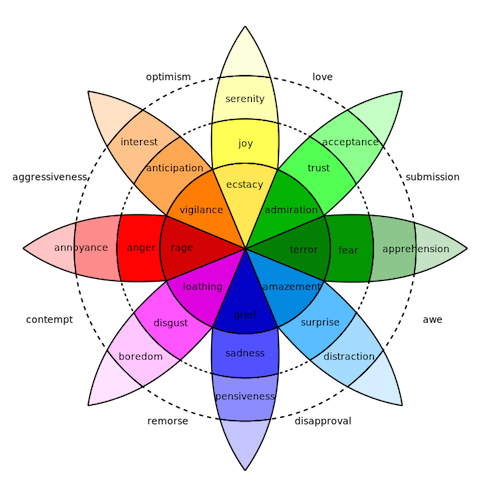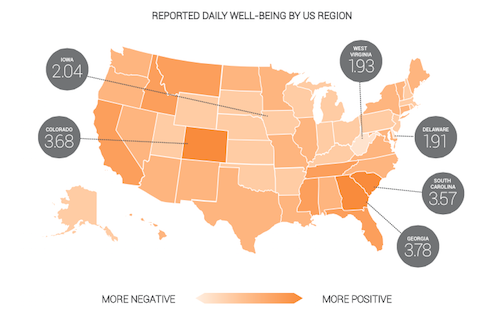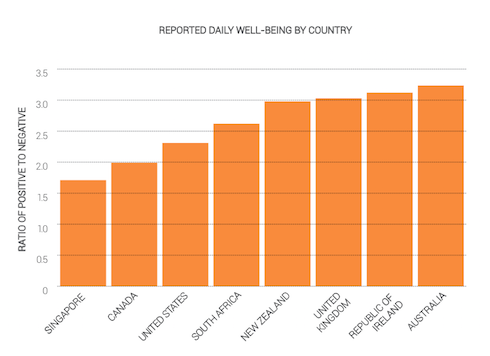By adaptive - February 11th, 2015
Every corporate marketer knows that emotion plays an essential role across the purchasing journey, with happy social media users being potentially the most lucrative groups to target.

Happy tweeting


Next Reads
June 2015, New York
With over 50 expert speakers (including 15 CMOs and CCOs) from the world’s most social brands, and 300+ of your corporate peers in attendance, #CSMNY offers unrivaled learning, networking and benchmarking opportunities. It is truly THE social media event of year.
Brochure Programme
